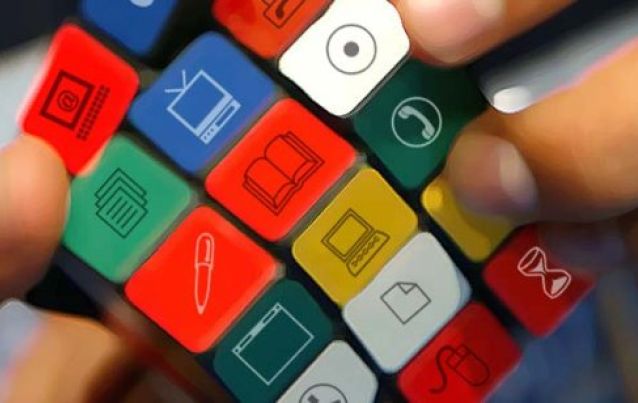Any tool, device, method, technology, strategy, platform or practice that is used to impart education could be classified as a learning aid/teaching aid. Without these it is impossible for schools and colleges to operate as places of education and learning, as these institutions is where learning aids are found in abundance and every learner is given access to. With rapid technological advancements, aids are classified as traditional and modern these days. In this post, we are going to discuss how modern teaching aids influence the learning process and collectively strive to improve the process. Read on.
 Traditional vs. Modern Learning Aids
Traditional vs. Modern Learning Aids
Before we talk more about modern learning aids and how influential they are, let’s understand the distinction between traditional and modern aids. Blackboards, notebooks, textbooks, charts, pictures, posters, maps, mathematical instruments, scientific apparatus, story books etc. qualify to be traditional aids. These tools/devices don’t require the assistance of newer technology like the internet and are widely used to this day in most of the schools and colleges. Modern aids on the other hand include mobile phones, tablets, computers, touch screens, web-based courses, video games, simulations, virtual classrooms, etc. So read on to know how these modern learning aids are better than the traditional ones and 5 ways they help in transforming the entire learning process.
1. Engaging
First and foremost, modern learning aids like video and audio lessons have made the entire learning process more interesting and engaging. It is observed that the attention span of a regular learner dramatically increases under the influence of a video/animation/infographic. Visually rich audio-visual aids are taking over traditional textbooks, charts and graphs to make the entire learning process more immersive, interesting, entertaining and addictive. Apart from engagement, these aids are also known to influence higher completion rates of courses and assignments.
2. Gamification
From time immemorial, we have seen games as sources of recreation & entertainment and only recently, this view has been reconsidered. It is found that learners find courses designed in the form of games to be more fun and competitive than the traditional ones. Gamification essentially involves designing the courses as games and visualizing learners as gamers. These courses are integrated into a learning management system (LMS) that maintains a points tally and awards the learners with various goodies and badges to make the course more competitive. This modern learning aid has already found a wide range of applications and acceptance in the corporate sector as employee training courses.
3. Asynchronous Learning
The world we live in today is a world full of restless people, having many things to do on their daily agenda. And with the advent of devices like smartphones, the way we communicate and access information has dramatically changed to adapt to our restless lifestyles. So, it is high time even education is restructured to suit the modern lifestyle of people, which is basically asynchronous and flexible. People would want to access learning aids anytime of the day, anywhere possible on their portable, interconnected devices. This eliminates the need of a dedicated classroom, teacher and time table, and makes learning more voluntary and reachable for everybody.
4. Breaking Barriers
If we look back at the evolution of human beings, one thing is quite evident, we are becoming more and more connected as a species. With the advent of technologies like smartphones and internet, the world has become a global village. Modern learning aids like online courses and virtual classrooms have further popularized this concept by making education accessible to every person by breaking all the primitive barriers like region, race, age and language. Education is finally fulfilling its true potential of making every person realize how much we matter to each other as a collective species.
5. Measurable
Lastly, with modern learning aids like online courses, integrated learning management systems and e Learning courses, it is easier than ever to measure the success of a learning program. Every progress and movement along the training is broken down into chunks of data and fed into powerful computers for analysis. This eliminates the need of those laborious exams and provides the learner with ample time to learn what he/she wants. Rather than marks, skill and talent is seen as the true outcome of education.
Leave a Reply